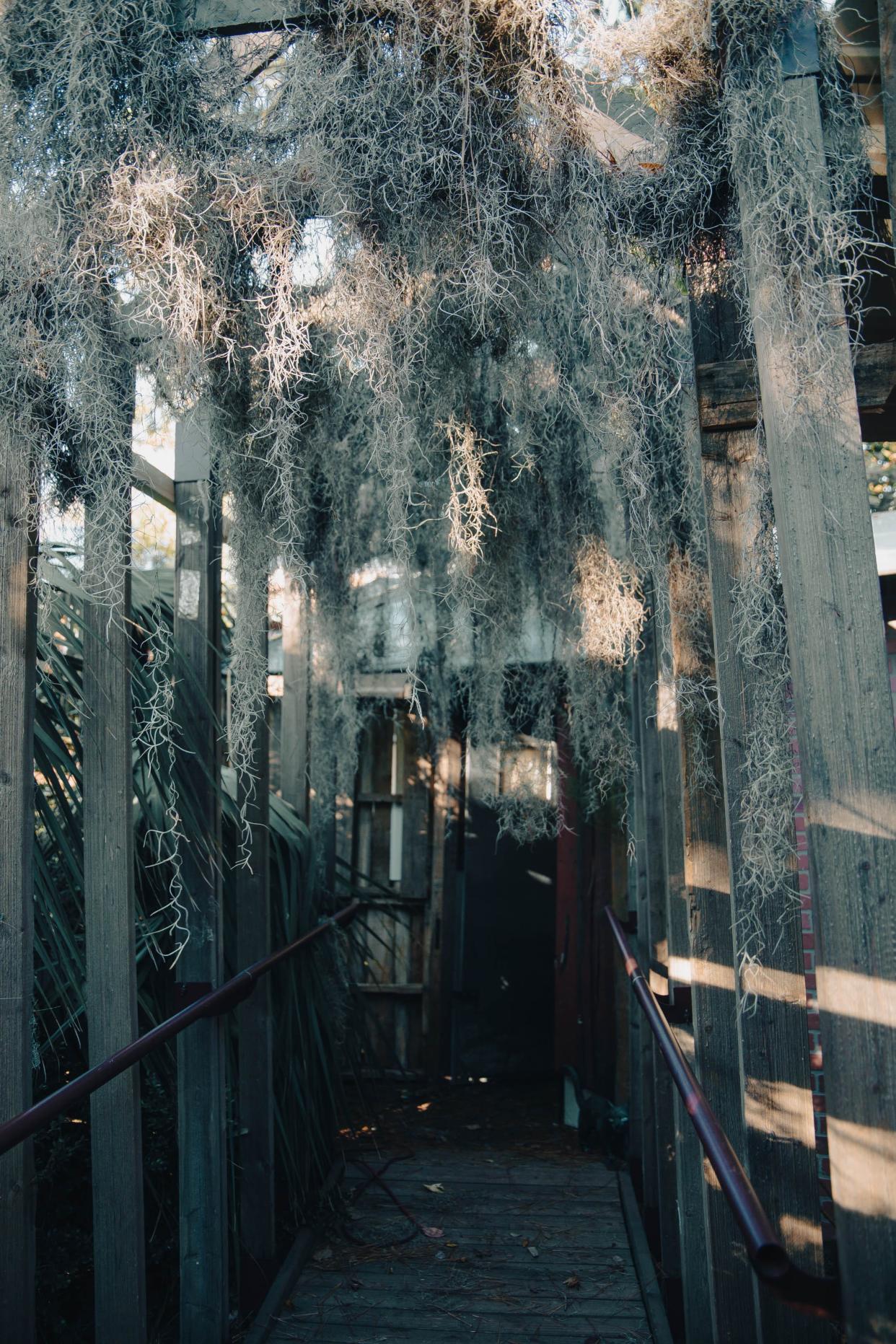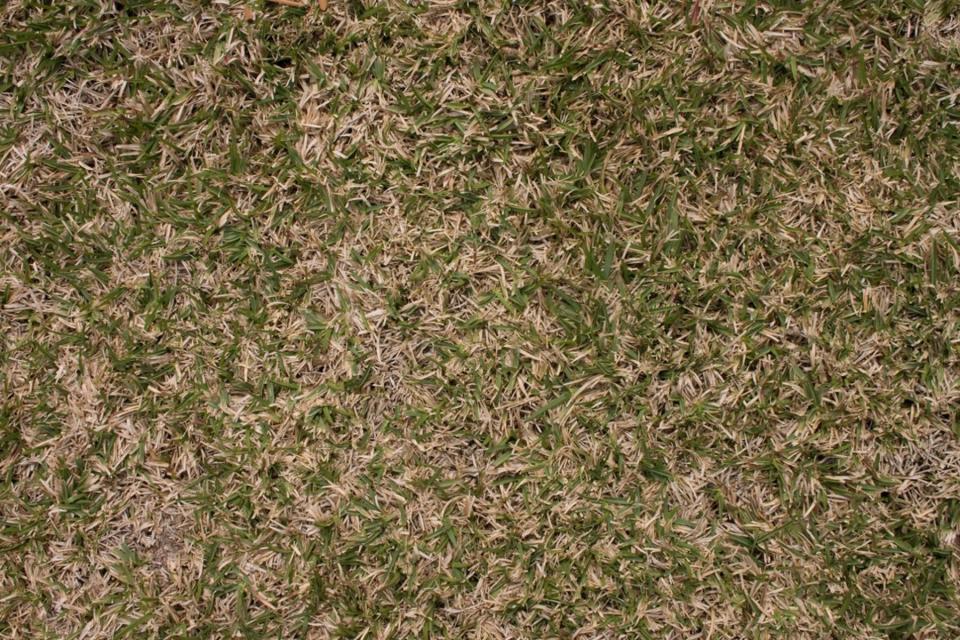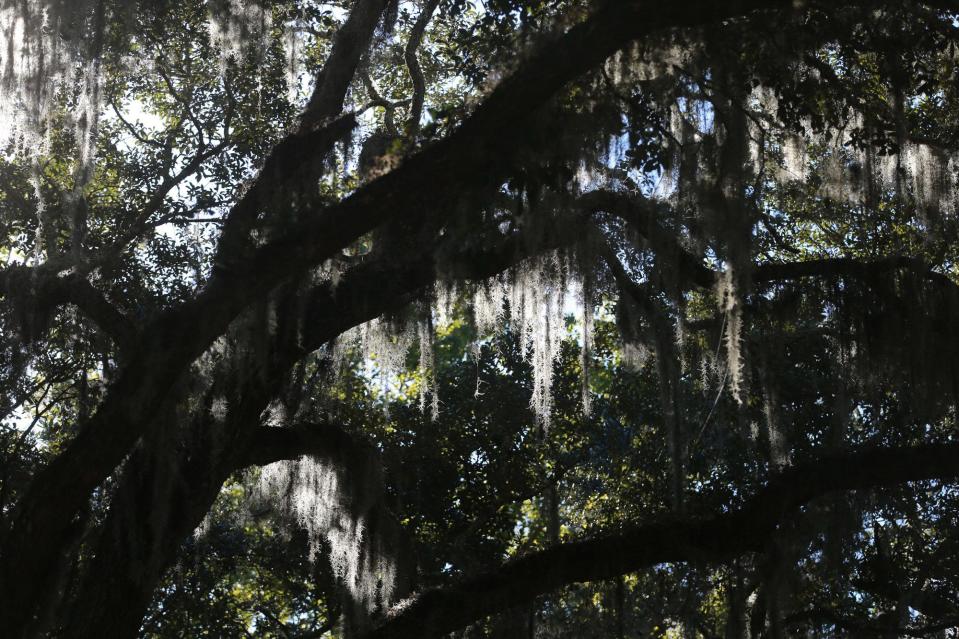Not just a strictly Savannah problem: What do you do about Spanish Moss and dry conditions?

Richard Evans is the agriculture and natural resources agent for Bryan/Liberty County Cooperative Extension. Reach him at 912-653-2231 or uge3029@uga.edu (Bryan County) or 912-876-2133/uge3179@uga.edu (Liberty County)
We all know it's that time of the year: hot, hot and more hot.
Last week we stretched into triple digits more than once. I didn’t like it, you didn’t like it and our yards didn’t like it.
After an evening of yard work in temperatures like that, a cold shower does wonders to cool off. Turns out your trees and grass like that too. Let's talk about some best management practices for dry conditions and irrigation. Then we’ll talk about Spanish moss.
I’ll start with the irrigation of your lawn. This is something I routinely find myself explaining to clients and I’m always happy to do it.
Too much water isn’t good and no water is worse. We shouldn’t be in the habit of irrigating every day in the same places. Frequent shallow irrigation encourages shallow root growth and makes lawns more susceptible to drought conditions. This means standing with your hose probably isn’t the best method.
More from Richard Evans: Coastal Georgia weather, sandy soil impact lawn health

Every irrigation system is different so I can’t say exactly how long and when you should irrigate but I’ll give a baseline. The goal is 1 to 1 and 1/2 inches a week and an average sprinkler might put out ¼ of an inch per hour.
Doing some quick math that might look like a lot of water, something like an hour every other day of the week. I think we can probably get by with 3 days a week and something like 45 min to an hour.
Testing your irrigation output with a rain gauge or cup would be a great way to figure out exactly how much you need. The key is to water deeply, wetting the soil 6 to 8 inches deep.
Almost all of the above applies to trees and large shrubs as well.
Water your trees deeply once a week, the goal is to get water 18 inches deep or so. Mulch goes a long way in helping retain moisture and keeps the soil healthy as well. The rule of thumb here is that the best mulching would extend to the tree’s dripline (where the branches extend to) but any mulch is helpful to the tree.
Now, let's pivot over to what is in our trees: Spanish moss.

Spanish moss is something I get a lot of calls about. We live on the coast and it's pervasive in our environment. I do find that it is often misunderstood though.
Contrary to popular belief the moss causes little to no negative effects on the host trees. The plant is an epiphyte, meaning it grows on other plants without taking nutrients from them. You might have heard these referred to as “air plants.” In truth, Spanish moss is actually in the Bromeliad family, kin to the pineapple and other common house plants.
Spanish moss is often times a signal that the tree is in decline for some other reason, say hot dry conditions perhaps? Oftentimes, a good regiment of irrigation and fertilization can help mitigate the underlying cause for a breakout of Spanish moss on your property. That being said, very large amounts can weigh down branches and over-shade existing foliage which can cause some issues.
More from Richard Evans: Spending time outside? Here is how to identify and get rid of poison ivy
As for treatments, I really don’t recommend any. It is possible to use copper-based fungicides to treat and kill the moss but you will be left with unsightly black molds and likely an ugly tree. The only reliable and safe method of removal would be to use gloves and a tool to remove the moss if it is becoming a problem.
Take care if you go this route, Spanish moss is a favorite home for chiggers and other small arachnids or insects, many of which leave itchy bites.

I hope you find a way to stay cool this summer and cool off your yard too. As a reminder, if you run into any interesting insects or spiders along the way, give me a call or email. I’m an entomologist and don’t get nearly enough chances to use what I was trained in.
This article originally appeared on Savannah Morning News: How to water your lawn in dry conditions and treat Spanish Moss

